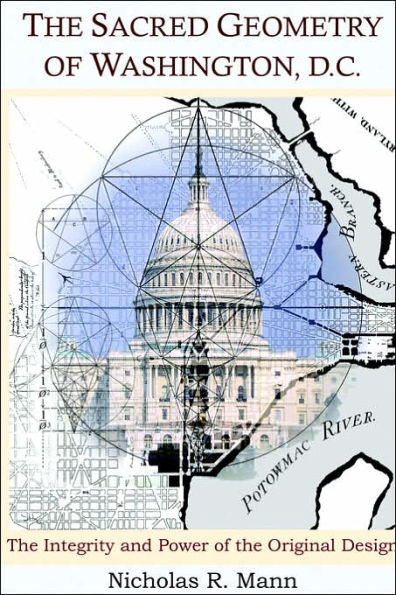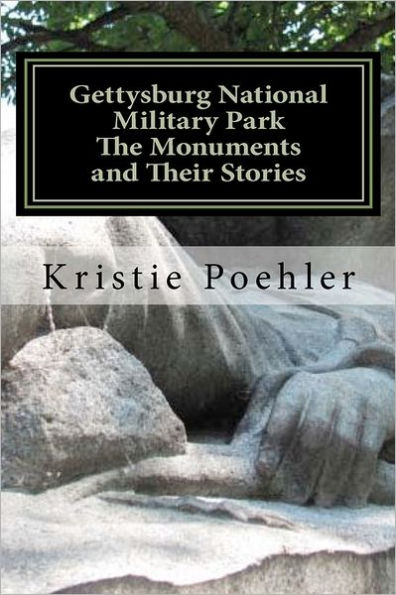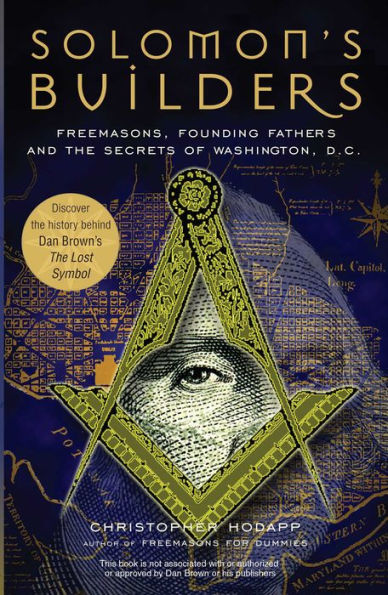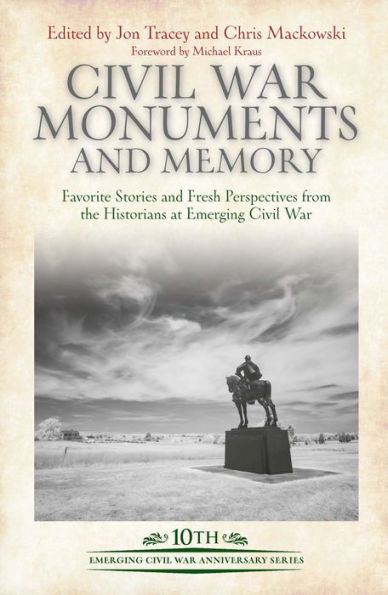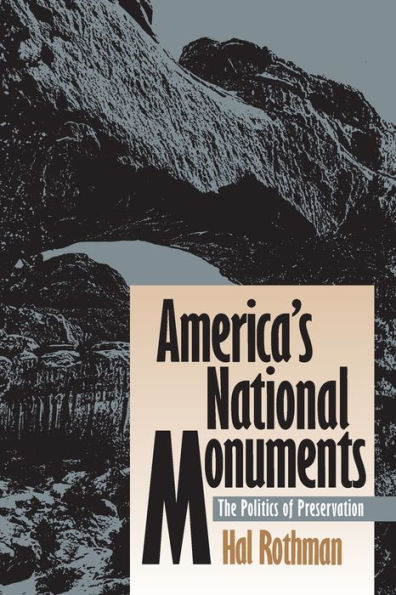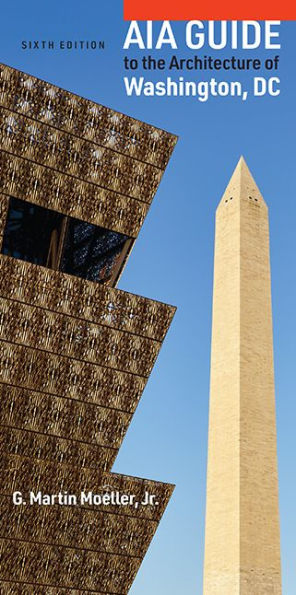Home
The Most Famous Monuments of Washington D.C.: The History of the Washington Monument, Lincoln Memorial, and Jefferson Memorial
Loading Inventory...
Barnes and Noble
The Most Famous Monuments of Washington D.C.: The History of the Washington Monument, Lincoln Memorial, and Jefferson Memorial
Current price: $13.24


Barnes and Noble
The Most Famous Monuments of Washington D.C.: The History of the Washington Monument, Lincoln Memorial, and Jefferson Memorial
Current price: $13.24
Loading Inventory...
Size: OS
*Product Information may vary - to confirm product availability, pricing, and additional information please contact Barnes and Noble
*Includes pictures *Includes accounts of the origins and construction of the monuments written by people who worked on them *Includes bibliographies for further reading *Includes a table of contents People have always loved symbols and monuments, and monumental architecture has always been as much symbolic as functional. The pyramids of ancient Egypt were artificial mountains expressing the link of the pharaoh to the gods, and mountains have always been associated with the divine in the human imagination. The Colossus of Rhodes, the Roman Senate House and Temple of Capitoline Jove, the Grand Teocalli and Tzompantli or skull-rack of the Aztec capital Tenochtitlan, the Forbidden City of Peking, the Parisian Arc de Triomphe de l'Etoile and the Brandenburg Gate of Berlin, all provide or provided material focuses for national ideals, beliefs, and culture. There are countless ways that Washington, remembered as "first in war, first in peace, and first in the hearts of his countrymen," has been commemorated across America, but the most famous is the Washington Monument. Congress had actually called for establishing a monument to Washington as far back as 1783, but it would not be until the 1830s that work on the world's tallest obelisk began in earnest. In fact, while the Washington Monument is taken as a given today, and it was designed to be "unparalleled in the world, and commensurate with the gratitude, liberality, and patriotism of the people by whom it is to be erected," there were several issues that nearly prevented it from being a reality, including political arguments, costs, and lack of progress. Though it may be hard to believe, the Washington Monument was not dedicated until the 1880s, nearly half a century after it was first proposed. By the time it was finished, however, it was clear that the wait was worth it. Soaring nearly 550 feet into the air, the Washington Monument was the tallest structure in the world upon its completion, and it immediately began drawing hundreds of thousands of visitors, who could either climb stairs to the top or ride an elevator. The monument has remained one of the most instantly recognizable structures in the world ever since. There are countless ways that the Great Emancipator has been commemorated across America, but the most famous is the Lincoln Memorial, which would not be completed until well over half a century after his death. Lincoln had called upon Americans to bind up their wounds in his Second Inaugural Address, and in many ways the memorial was the result of the country's sectional reconciliation, making it all the more fitting. In the end, the time it took to complete the memorial was worth the wait, as the finished product included a masterfully sculpted statue of Lincoln sitting in the middle of a giant structure that immediately brings to mind an Ancient Greek or Roman temple. Situated across the National Mall from the Washington Monument, the Lincoln Memorial is perfectly positioned, and thanks to Lincoln's presidency and freeing of the slaves, the memorial has become a poignant symbol for protests, especially at the height of the Civil Rights Movement when Martin Luther King, Jr. gave his "I Have a Dream" speech. Jefferson's life and career are still sometimes fiercely debated today. As a result, it's only fitting that the Jefferson Memorial would also be majestic and controversial. A tranquilly elegant neoclassical building fronted by slender pillars and topped by a gently domed roof, the Jefferson Memorial stands among other American monuments near the shores of the Tidal Basin in Washington D.C. Housing a five-ton, nineteen foot tall statue of Thomas Jefferson, the building looks as though it could be as long-established as the White House itself, but it is actually much newer. Facing opposition on several fronts when it was first proposed, including outcries from those who objected to its neoclassical style.
